IRIS GST TIMES
February ,2020
Issue 1
Chief Editor
Vaishali Dedhia
The shortest month of the year, ‘February’ is here! But compared to the last year, it is longer – 29 days this time. Yes, it is a leap year!
In this issue, read about the Budget 2020 in GST – Highlights. The issue also covers the advisory issued by GSTN for simplification of GSTR-9C. The filing has been simplified by the CBIC prior to its deadline!
Feature highlight of the month is EasyWayBill app which is an app for transporters to streamline EWay Bill Process.
Regards,
Team IRIS GST
Rs. 40,000 crore worth of GST credit blocked for mismatched filings!
CBIC – The Central Board of Indirect Taxes and Customs (CBIC) blocked GST credits of worth Rs. 40,000 crore from over 2000 firms for mismatched filings and returns. The goods and service tax department is taking strict measures to curb fake credit claims.
Several instances have been noted where the supplier has failed to upload invoices. In such cases, when the buyers claim the input credit (ITC), mismatch issues arise.
The GST Council had informed the government about such instances and thus also had requested to go after the suppliers who do not upload their original invoices. The act of failing to upload invoices is leading to mismatch issues.
To check the GST Compliance of the vendors and suppliers, you can use our free app IRIS Peridot from Google Playstore and Apple Store.
Penelities will be levied on people who make false entries and fake invoicing!
The Union Budget has decided to levy penalties on taxpayers who manipulate their accounts via false entries and fake invoicing to claim input tax credit fraudulently under goods and services tax (GST).
Taxpayers who manipulate their accounts with false entries and fake invoicing will be penalised states the Union Budget. Such acts to claim the input tax credit falsely under the goods and service tax (GST) will be monitored and controlled.
There is a proposition about a new section – 271AAD to be added in the Income Tax Act to levy penalty on the taxpayers who manipulate their books of accounts with false entries or omitted entries etc. The total income must be rightly reflected by every tax payer without any hidden transactions.
When found guilty, the person will be liable to pay by way of penalty a sum equal to the aggregate amount of such false and omitted entries.
Along with this, the Finance Bill also states that penalties will also be levied on people who influence others to manipulate their books of accounts. They will also be penalised for causing the false entries or omission of entries. This amendment will come into practice from April 1, 2020.
Upcoming Due Dates
GSTR 7and 8– 10thMarch
GSTR 1–11thMarch
GSTR 6 – 13thMarch
GSTR 5/5A – 20thMarch
GSTR 3B–20th|22nd |24thMarch
GSTR 9/9A/9C – 31st March (2018-19)
IRIS Topaz offers you a 360° solution for all your E-way Bill Needs. A cloud-based tool, IRIS Topaz, provides you with the ability to manage all your tasks related to E-way Bill in an easy and automated way, on the go.
CONTACT US
Have feedback for us?
Want to request for our product demos? Please reach out to us at
+91 22 6723 1000
support@irisgst.com
@IRISGST
Budget 2020 in GST – Highlights
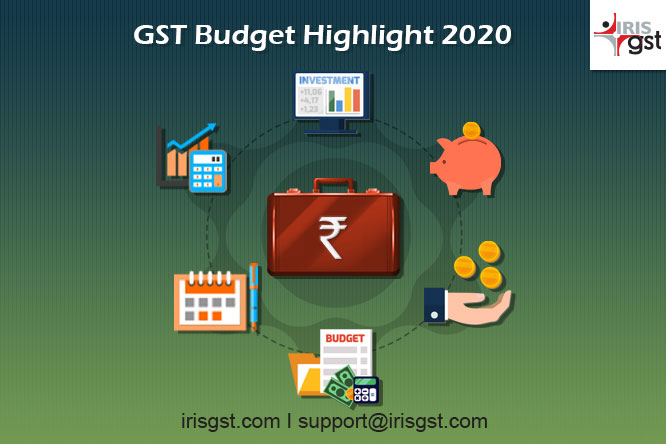
Budget 2020 was presented by Union Finance Minister of India, Smt. NirmalaSitharaman on February 1, 2020.In her 2nd budget presentation, the Finance MinisterSmt. NirmalaSitharaman assured taxpayers that new GST returns shall be implemented from April 1, 2020.
She also stated that it shall help simplify return filings and tax leakages under GST.She further added the new returns shall improve input credit flow, allow SMS based filing for Nil Returns and return pre-filling among other simplifications.The Finance Minister also introduced the new penal provisions for fake invoicing and fraudulent ITC claim.She labelled such actions as non-bailable offence.
The same has already been approved by the GST council.Amendments in the Central Goods and Services Tax Act,2017 / Integrated Goods & Services Tax Act, 2017 /Union Territory Goods & Services Tax Act,2017.Amendments carried out through the Finance Bill, 2020 will come into effect on the date of its enactment. (unless otherwise specified) .
GST Budget 2020 – Highlights:
- Input Tax Credit
Sub section (4) of section 16 of the CGST Act is being amended to delink the date of issuance of debit note from the date of issuance of the underlying invoice for purpose of availing input tax credit.
- Cancellation of Registration
Clause (c) of Sub Section (1) of Section 29 of the CGST Act is being amended to provide for cancellation of registration which has been obtained voluntarily under sub-section (3) of section 25.
- Revocation of Cancellation of Registration
A proviso to sub section 1 of section 30 of the CGST Act is being inserted to empower the jurisdictional tax authorities to extend the date for application of revocation of cancellation of registration in deserving cases.
- Tax Deduction at Source
Section 51 of CGST Act is being amended to remove the requirement of issuance of TDS certificate by the deductor; and to omit the corresponding provision of late fees for delay in issuance of TDS Certificate.
GSTR-9 and 9C SIMPLIFICATION
Advisory for GSTR-9 and 9C simplification
The Central Board of Indirect Taxes and Customs (CBIC) on Jan 27th made much needed simplification in the GSTR-9C. This decision works as a boon ahead of its filing deadline. (Update: 39th GST Council meeting extended the due date of filing GSTR 9c to June 30, 2020.)
Changes in Filing Requirements for Form GSTR 9 and GSTR 9C:
- The GST filing of 9 and 9C was made optional for aggregate turnover (PAN based) of more than 2 cores calculated from July 2017 to 31st March 2018 for FY 2017-18.
- The simplifications notified in Form GSTR-9 and Form GSTR-9C effective only for FY 2017-18 and 2018-19.
- For FY 2017-18, the last date for filing GSTR-9 and GSTR-9C extended to 31st Jan 2020.
Simplification of GSTR 9C
- From now on, it is not mandatory to attach the cash flow statement.
- Instead of – ‘True and Correct’ opinion, the auditor is required to give ‘True and Fair’ opinion.
- Henceforth, the Table 14 is made optional.
- Option is also provided to not to fill the ‘ITC booked in previous Financial Year claimed in current Financial Year; and, ITC booked in current Financial Year to be claimed in next Financial Year’ in Table 12.
- Also, filing of unbilled revenue, unadjusted advances and other entries in Table 5 have been made optional now. Any adjustments requiring reporting can be entered in Table 50.
Query: Where is the provision to upload PDF regarding ITC for Table 8 (GSTR 9) as mentioned in notification on the portal?
Ans: Notification 56/2019 – Central Tax, dated 14th Nov, 20119 (Para 2 {iii} (C) {F}) provides this provision.
Earlier on Jan 24th, CBIC had issued advisory on error while uploading Balance sheet and Profit & loss statement while filing GSTR 9-C. CBIC suggested that ‘Balance sheet’, ‘Profit & loss statement’, ‘Income & Expenditure Statement’ keywords are blocked in office network firewall/content security filter as these contain sensitive information. Hence the office firewall deny upload of such files/content .If these keywords will be used on open network all such mentioned documents can be uploaded successfully.
Next day on Jan 25th, CBIC also issued an advisory on error shown while uploading GSTR-9C JSON file. The error shown is, “Error occurred’ while there is no error report. CBIC suggested that this error was due to use of’0’.User should not put ‘0’ (Zero) in the format of the membership number.
Issue Reported: Unable to upload Balance Sheet and P and LA/c (Form GSTR -9C) Reason:Keywords i.e. Balance Sheet/Profit and Loss Account/Income and Expenditure statement, if uploaded in your office network, may be denied upload by firewall/content security filter, as these contain sensitive information. An open network can also be used to upload these documents.
Issue reported: ITC auto populated in Table 8A does not match figures of Form GSTR 2A in Form GSTR 9
Reason: Figures in GSTR 2A flow from GSTR1 filed by your supplier taxpayer. If it has not been filed by supplier taxpayer till 30th April, 2019, for FY 2017-18, this amount will not flow into Table 8A Form GSTR-9.
- Figures for FY 2017-18, reported by supplier taxpayers in GSTR1 after 30th April, 2019, will reflect in your GSTR2A but will not be auto populated in Table 8A of GSTR-9.
- Taxpayers are also given an option to upload ITC related information in Tables 8A to 8D of GSTR 9, duly signed in PDF format in GSTR-9C without CA Certification.
FEATURE HIGHLIGHT
EasyWayBill Feature Updates
EasyWayBill, an application that lets transporters easily manage their activities related to E-way bills from the comfort of mobile. It is a simple app with user-friendly navigation.
- One Transporter / Multiple Companies:Add single Transporter ID/GSTIN or multiple. Take actions on all through one sign-in that too without any CAPTCHA
- CustomiseWatchlist:Customise your watchlist to monitor vehicle breakdown, accident cases, transshipment material etc
- Create Unlimited Users & Control their access: Create unlimited users as per your business requirement. Also you can customize the data each user sees or actions they can take. Thereby safeguarding your business secrecy.
New Features Added:
- Manually archived e-way bills are now a part of Dashboard. Your dashboard now consists of e-way bills which are still operational.
- Pending Part B not updated for more than 12 hours in Dashboard now changed to Pending Part B (only Part A EWBs). This helps the user to keep a track on all Part A EWBs on which action of first time update Part B is Pending.
Upcoming Features:
- Download Report of Archived EWBs – Month wise
- Download of dashboard widgets (Expiring today, Local EWBs, Pending Part B (only Part A), Pending Part B (for more than 12 days) on a real-time basis.
- Auto Calculation of distance based on current pincode and destination pincode, in case of extending the validity of e-way bill through ‘in-movement’
- Manually extend validity of e-way bills in bulk which are ‘in-movement’ based on Vehicle number filter.
- Contact Us:
- 8657554440 | 8657554441
- Email: sales@easywaybill.in
- Website: easywaybill.in
E-invoicing Updates
E-Invoicing – Will it simplify or complicate your purchase cycle?
The clock is ticking for the e-invoicing mandate which goes live from April 2020. And the taxpayers are getting ready to put their processes and systems in place for generating Invoice Reference Number (IRN) to transform a normal invoice into a valid e-invoice.
Government has made available test portal for taxpayers to test during the voluntary trial run up until April 2020. For a quick recap, e-invoicing mandate is for taxpayers having turnover above ₹ 100 cr whereby they need to get their B2B invoices registered with Government portal i.e. the Invoice Registration Portal (IRP). On successful registration a unique IRN will be issued along with a digitally-signed QR code containing select details of the invoice and the full invoice data digitally signed by the Government.
Inter-operability and seamless exchange of data, for not only the Government but also for the businesses, is often the underneath reason for implementation of data standards like this. That is why, as a best practice and also for future tracking purposes, it is highly recommended to store the IRN and QR code back in the source accounting and ERP systems.
Impact of e-invoice on the purchase cycle
- Identify if your vendors needs to be e-invoice compliant
An e-invoice will be considered valid once an IRN is generated for the same. Further it is necessary to get the IRN and QR code printed on the final invoice. Thus, when you are on the receiving side of the invoice cycle, having IRN for an invoice will be necessary to claim ITC.
Now, the e-invoice mandate, as we know, is applicable to suppliers having turnover above ₹ 100 cr. Invoices received from such suppliers need to have an IRN. It can be anticipated that some functionality may be provided by the Government to check whether or not the taxpayer (i.e. supplier) is covered under e-invoicing.
However, it is recommended that as a preparatory step to review your vendor master and identify the vendors who need to meet e-invoicing mandate.
- Verify the IRN and QR code on invoices
The logic for IRN and content of QR code is standard and is already published by the Government in public domain. This implies any system can generate an IRN and QR code. However, digitally-signed QR code is available only for IRP registered invoices. Hence it is recommended to verify the IRN and QR code which is included on the invoices.
We are expecting that the Government portal will have a facility for such verification. IRIS Onyx the e-invoicing solution of IRIS shall have an in-built functionality for this validation.
While the major discussion and upgrades for e-invoicing are seen from suppliers and outward sales perspective, impact on the incoming invoices i.e. the purchase cycle also needs attention.
IRIS Peridot against Tax Evasion
What can you do against tax frauds, stealing away your hard-earned money?
- Download the Peridot app
- Scan the GSTIN provided on the Invoice
- Check the Compliance status and Filing History.
- Report any Non-Compliance
- Make India a scam-free nation.
You can download IRIS Peridot from Google Playstore and Apple Store.

Disclaimer: IRIS Business Services has taken due care and caution in compilation of data. Information has been obtained by IRIS from sources which it considers reliable. However, IRIS does not guarantee the accuracy, adequacy or completeness of any information and is not responsible for any errors or omissions or for the results obtained from the use of such information. IRIS especially states that it has no financial liability whatsoever to any user on account of the use of information provided.
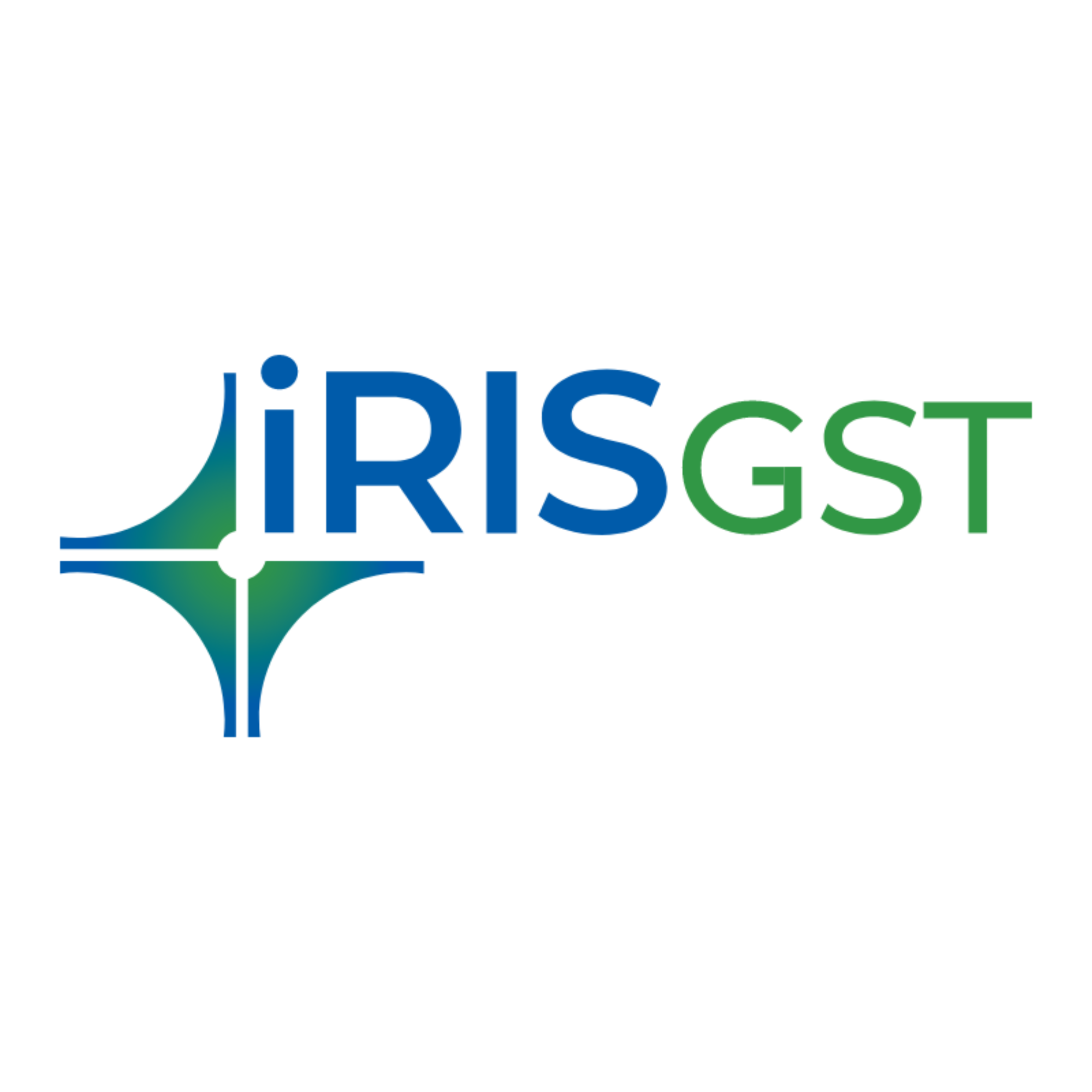
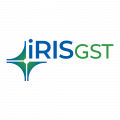
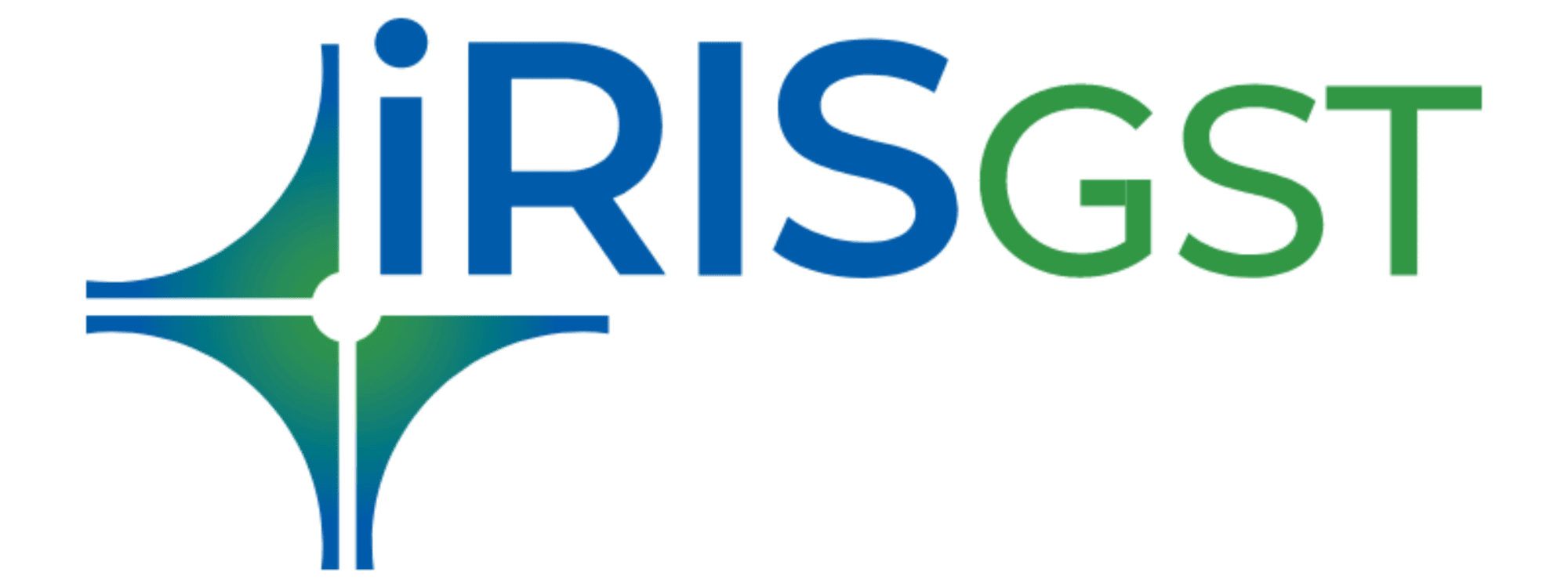



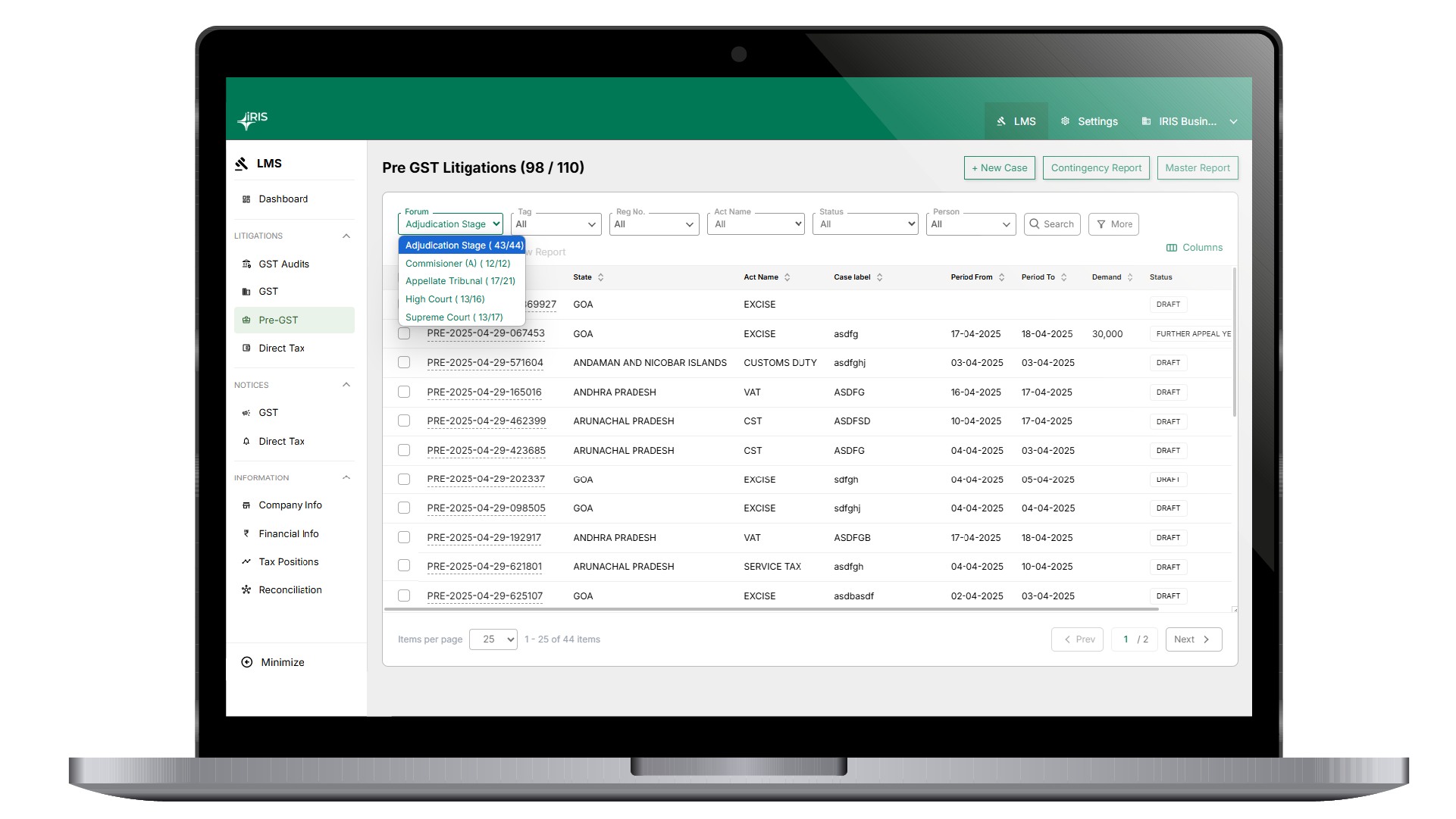
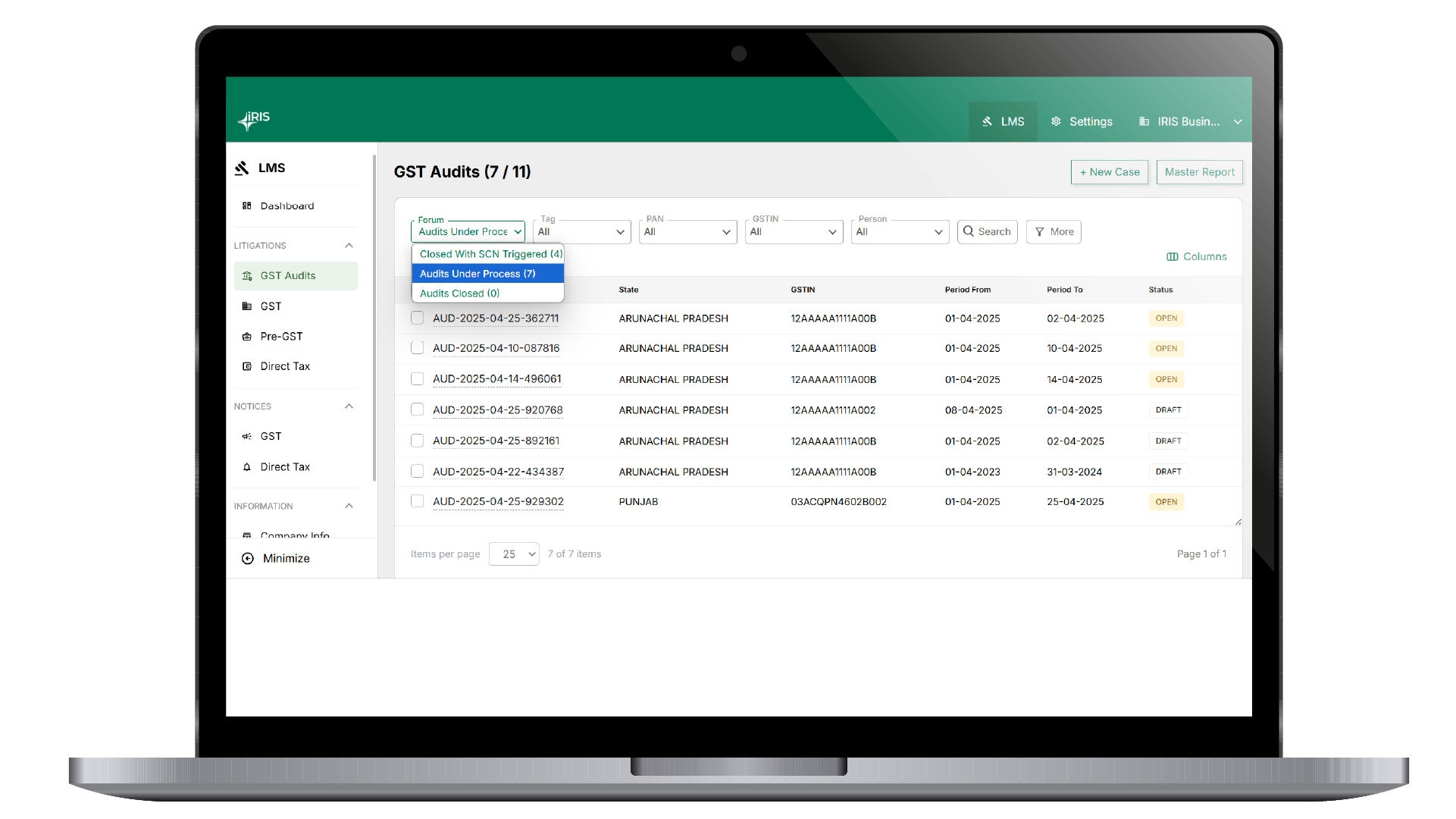

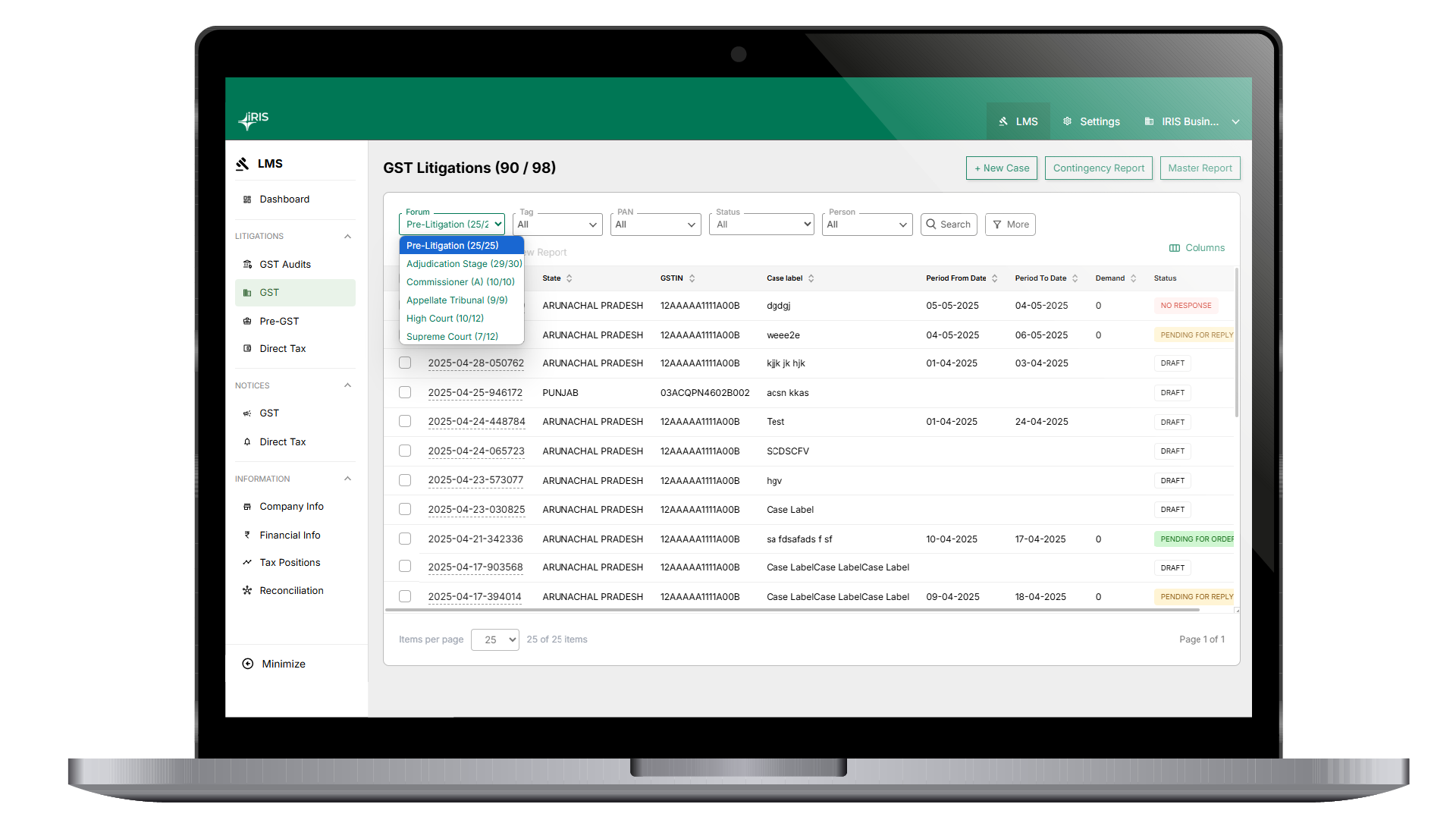















































































































































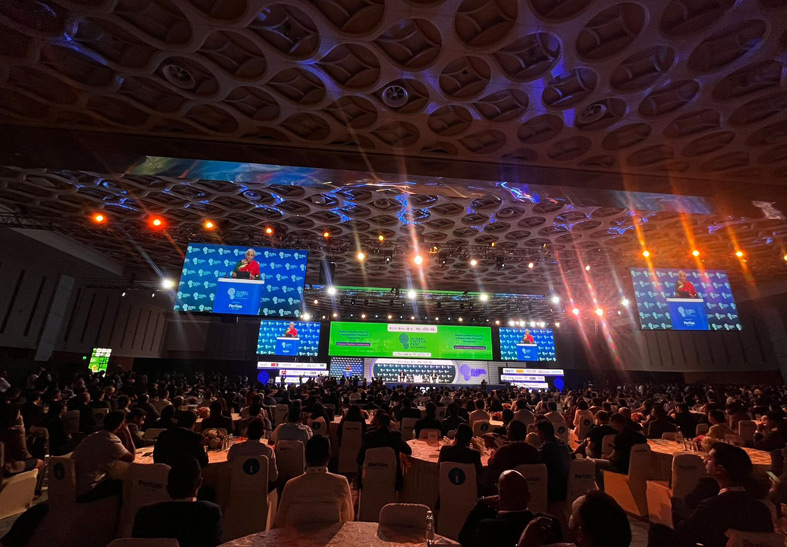
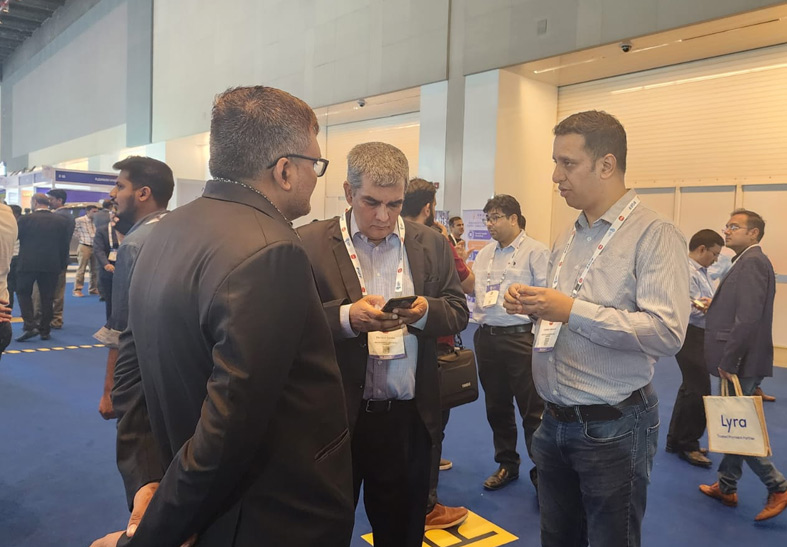
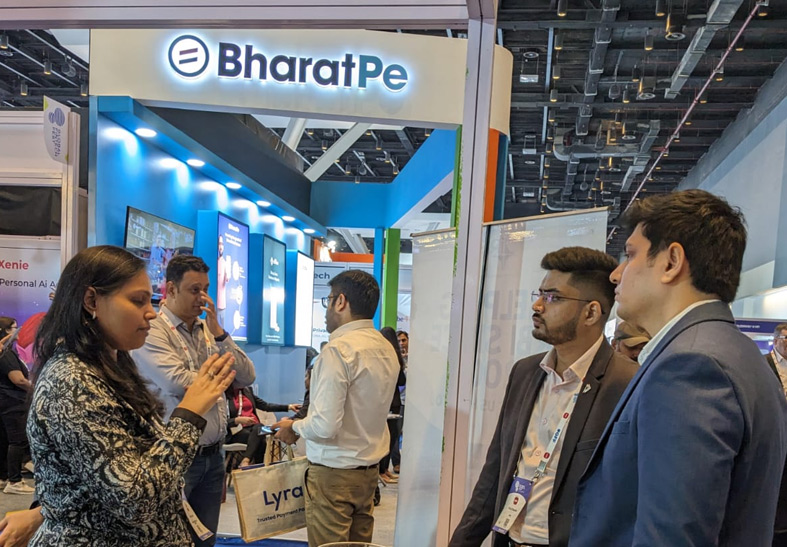
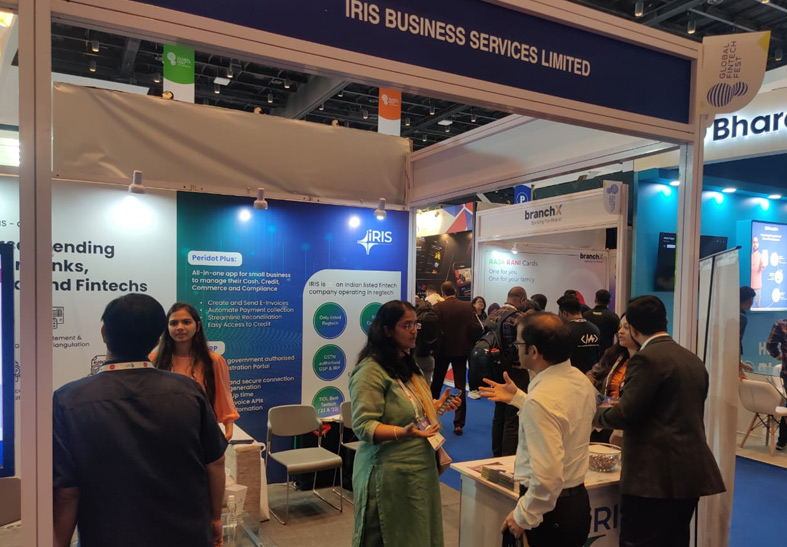
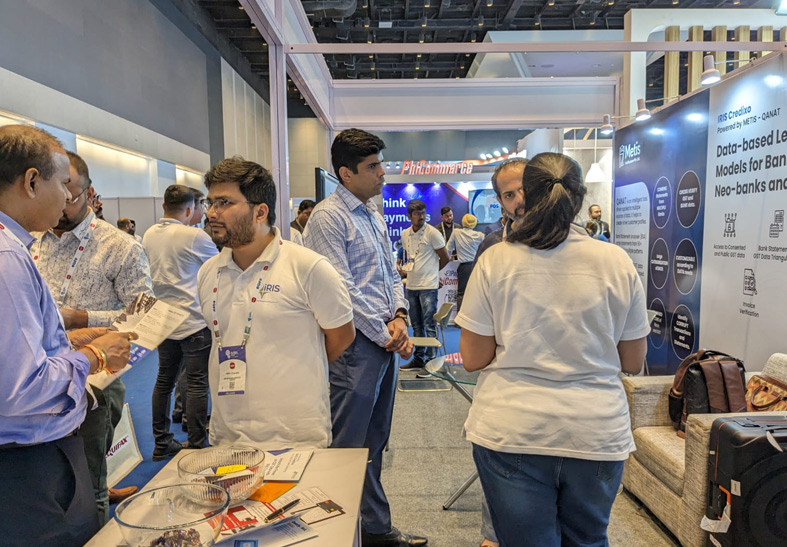
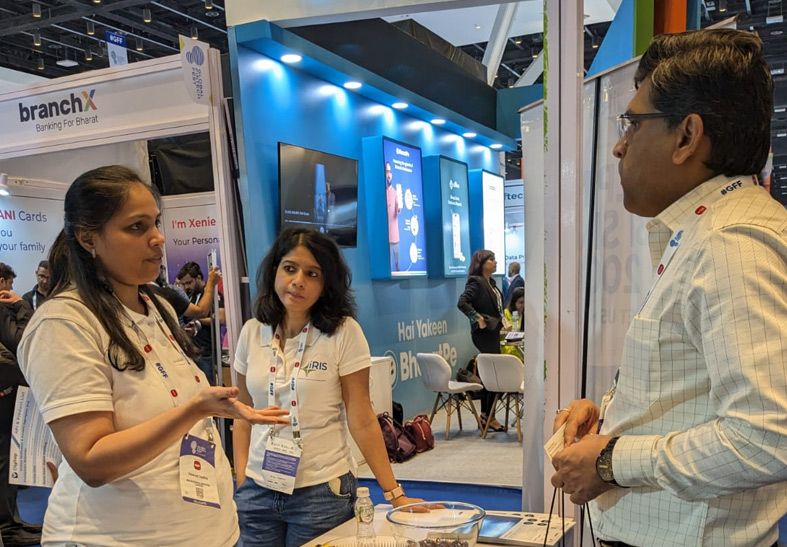
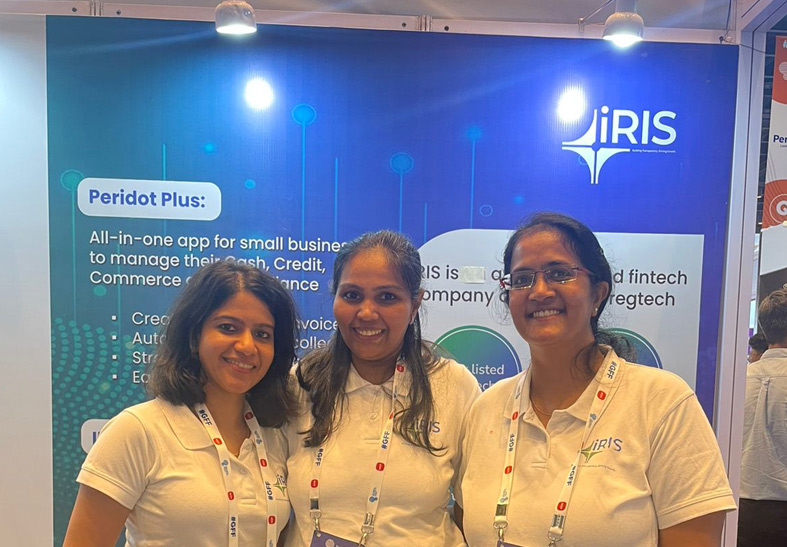
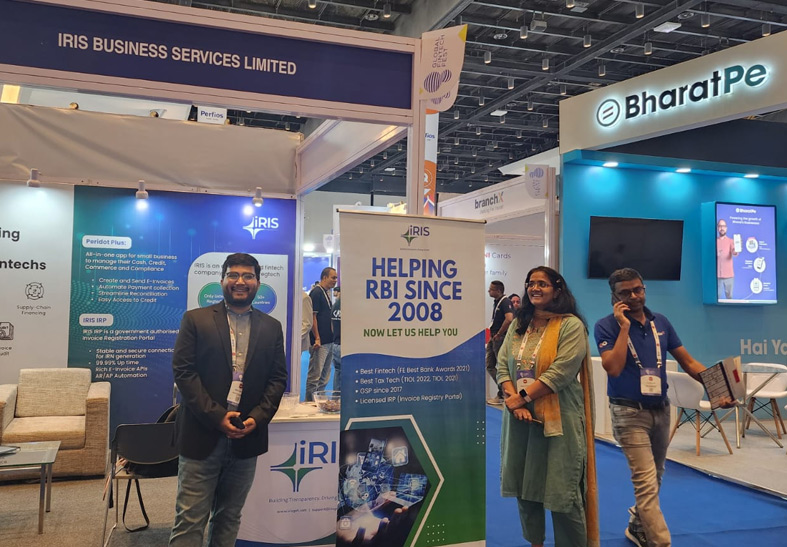















































































Leave a comment